Tijuana Hair Transplant Cost, Safety & Recovery Guide
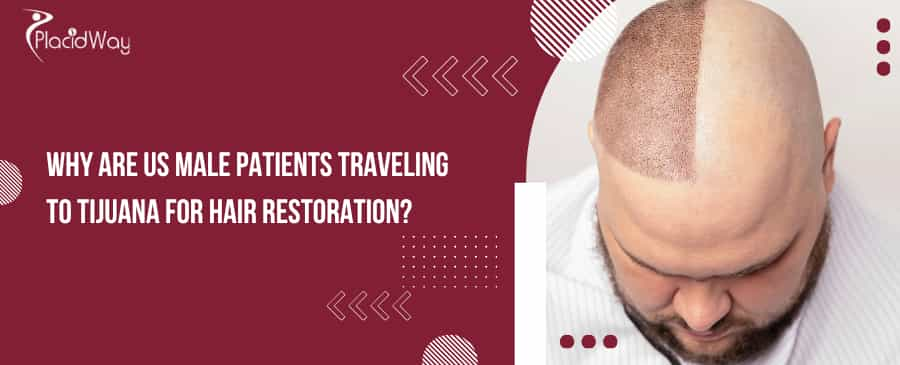
If you've noticed your hairline changing, you're not alone. Millions of men face hair loss, and many are looking for a permanent solution. In the United States, a high-quality hair transplant can be financially out of reach for many. This has sparked a massive wave of medical tourism, with thousands of American men heading to one convenient destination: Tijuana, Mexico. It's not just a trend; it's becoming a mainstream solution for getting top-tier hair restoration without the staggering price tag.
You might be wondering, "Is it safe?" or "Is the quality really as good?" These are valid and important questions. The short answer is that, for those who do their research, Tijuana offers an incredible combination of value, expertise, and convenience. Located just minutes from San Diego, the city has transformed into a hub for medical excellence, boasting state-of-the-art facilities and internationally trained surgeons. This guide will answer every question you have about why so many US men are confidently crossing the border to restore their hair and their confidence.
What is the main reason US men choose Tijuana for hair transplants?
The price difference is staggering. A hair restoration procedure that might cost $15,000 to $25,000+ in cities like Los Angeles, New York, or Miami can often be done for $4,000 to $8,000 in Tijuana. This price difference isn't due to lower quality. Instead, it reflects the lower operational costs in Mexico, including clinic overhead, staff salaries, and medical supplies, allowing clinics to pass those savings directly to the patient.
Beyond cost, the proximity to the US is a massive factor. Patients from Southern California can be at a clinic in Tijuana in under an hour. Even for those flying in, it's a simple matter of flying to San Diego International Airport (SAN), where most reputable clinics offer seamless transportation, picking you up at the airport, handling the border crossing, and taking you directly to your hotel and the clinic.
How much does a hair transplant cost in Tijuana vs. the US?
The "per-graft" model highlights the savings even more clearly. In the United States, you can expect to pay anywhere from $5 to $10 per graft. For a procedure requiring 2,500 grafts, that's $12,500 to $25,000. In Tijuana, the cost per graft is often between $1.50 and $3.00. That same 2,500-graft procedure would cost between $3,750 and $7,500.
Here is a detailed cost comparison for common hair restoration procedures:
| Procedure / Graft Count | Average Cost in Tijuana, Mexico | Average Cost in the United States |
|---|---|---|
| Cost Per Graft (FUE) | $1.50 - $3.00 | $5.00 - $10.00 |
| Small Procedure (1,500 Grafts) | $2,500 - $4,500 | $7,500 - $15,000 |
| Standard Procedure (2,500 Grafts) | $4,000 - $7,500 | $12,500 - $25,000 |
| Large Procedure (3,500+ Grafts) | $5,500 - $9,000+ | $17,500 - $35,000+ |
Many clinics in Tijuana also offer all-inclusive packages. These bundles often include the procedure itself, all post-op medications, hotel accommodation for a few nights, and all transportation, including from the San Diego airport and back. This transparency makes budgeting simple and removes the stress of planning.
Are hair transplants in Tijuana safe and effective?
The effectiveness of a hair transplant is entirely dependent on the skill of the surgeon, not the city it's performed in. Tijuana is home to many world-class surgeons who are members of international organizations like the International Society of Hair Restoration Surgery (ISHRS) or are board-certified by bodies like the American Board of Hair Restoration Surgery (ABHRS). These credentials mean they have met rigorous standards for ethics, knowledge, and surgical skill.
Furthermore, the technology used is identical. Top Tijuana clinics use the most advanced techniques, such as FUE (Follicular Unit Extraction) and DHI (Direct Hair Implantation), which are minimally invasive and produce incredibly natural-looking results with high success rates (often over 90% graft survival). Clinics are housed in modern medical plazas that are often brand new and feature hospital-grade equipment.
How do I choose a good hair transplant clinic in Tijuana?
Your safety and results depend on your research. Here's a checklist for vetting a potential clinic:
- Surgeon Credentials: Is the doctor a member of the ISHRS? Are they board-certified? Do they perform the surgery themselves, or do they delegate it to technicians? Always insist on a surgeon-led procedure.
- Patient Portfolio: Look at their before-and-after photos. Do the results look natural? Do they have examples of patients with hair types and loss patterns similar to yours?
- Real Reviews: Look for reviews on platforms like Google, RealSelf, and medical tourism forums. Look for consistent themes in patient experiences, both positive and negative.
- The Consultation: Do they offer a free, no-obligation virtual consultation? Does the doctor listen to your goals and give you a realistic plan? They should be able to explain *why* they recommend a certain number of grafts or a specific technique for you.
- Transparency: Do they provide a clear, all-inclusive price quote? Be wary of hidden fees.
What is FUE, and why is it so popular?
FUE is the preferred method for most patients and surgeons today. Here’s a simple step-by-step of the process:
- Preparation: The donor area on the back and sides of your head is trimmed short. The surgeon then administers local anesthesia to completely numb the area.
- Extraction: Using a precise micro-punch tool (less than 1mm in diameter), the surgeon carefully extracts individual follicular units. Each unit contains 1-4 hairs.
- Implantation: The surgeon then makes tiny, custom-angled incisions in the recipient area (your hairline or crown) and artfully places the harvested grafts, paying close attention to the natural direction and density of your hair growth.
The biggest advantage of FUE is that it leaves no linear scar, unlike the older "strip" method. Instead, it leaves tiny, dot-like scars that are virtually invisible once healed, even with short hair. This results in a much faster recovery and less discomfort.
What's the difference between FUE, FUT, and DHI?
- FUT (The "Strip Method"): This is an older technique where a surgeon cuts a long, thin strip of scalp from the donor area. The area is stitched closed (leaving a linear scar), and the strip is then carefully dissected under a microscope to create the individual grafts. It's often cheaper and faster for a large number of grafts, but the scar and longer recovery make it less popular.
- FUE (Follicular Unit Extraction): As described above, this is the "one-by-one" extraction method. It's the modern standard due to its minimally invasive nature and lack of a linear scar.
- DHI (Direct Hair Implantation): This is a variation of FUE. The extraction is the same. The difference is in the implantation. With DHI, each graft is loaded into a specialized, pen-like tool called a Choi Implanter. This tool allows the surgeon to implant the graft *directly* into the scalp in one motion, creating the incision and placing the graft simultaneously. This can offer greater control over the angle and depth of implantation and may lead to slightly faster healing.
What is the recovery timeline for an FUE hair transplant?
Understanding the timeline is key to a stress-free recovery. Here’s a typical day-by-day and month-by-month breakdown:
- Day 1-5 (The Critical Phase): You'll have tiny scabs on the recipient area and some redness and swelling. The donor area will be healing. You must be very gentle, sleeping with your head elevated and avoiding touching the grafts.
- Day 7-10 (Scabs Fall): You will begin gently washing your scalp as instructed by your clinic. This helps the small scabs to soften and fall off. Once they are gone, the redness will fade, and your scalp will look much more "normal."
- Week 2-6 ("Shock Loss" Phase): This is the part that alarms many, but it is 100% normal. The *hairs* in the transplanted follicles will shed. The follicle itself remains safe and dormant beneath the skin. This is just a natural part of the hair's growth cycle.
- Month 3-4 (New Growth): Patience pays off. You'll begin to see the first signs of new, thin, "baby hairs" emerging from the scalp.
- Month 6-9 (The "Boom" Phase): The new hair begins to grow in thicker, stronger, and denser. You'll see a major cosmetic improvement during this period.
- Month 12-18 (Final Results): The hair will have fully matured in thickness, texture, and density. You can now cut, style, and treat it just like your natural, native hair.
What are the risks or complications of a hair transplant?
A good clinic will explain all potential risks to you. Here’s what you should know:
- Common & Mild: Swelling of the forehead or around the eyes (lasts 1-3 days), itching in the donor and recipient areas (a sign of healing), and small pimples (folliculitis) that resolve quickly.
- Expected: Scabbing (heals in 7-10 days) and "shock loss" (temporary shedding).
- Rare but Serious:
- Infection: A risk with any surgical procedure. Reputable clinics operate in sterile environments and provide antibiotics to prevent this.
- Poor Graft Survival: If the grafts are handled improperly or the patient doesn't follow aftercare, some grafts may not "take."
- Excessive Scarring: More of a risk with FUT, but poor FUE technique can also cause visible pitting or scarring.
- Nerve Damage: Very rare, but can cause temporary numbness in the donor area.
Following your clinic's pre- and post-operative instructions (like avoiding alcohol, smoking, and strenuous exercise) is critical to minimizing these risks.
What is the travel to Tijuana like? Do I need a passport?
The travel process is remarkably simple. The vast majority of patients fly into San Diego International Airport (SAN). From there, the clinic takes over. A bilingual driver will pick you up at baggage claim, drive you across the border (which is only 20-30 minutes away), and take you to your hotel or directly to the clinic for your consultation.
You do not have to drive in Mexico, navigate Tijuana, or even speak Spanish. The entire experience is designed to be seamless for American patients.
What is the "Medical Lane" for returning to the US?
This is one of the biggest logistical advantages of medical tourism in Tijuana. The general border crossing line to re-enter the US can be notoriously long. However, the city of Tijuana provides special "Fast Passes" to accredited medical and dental offices.
When your procedure is done, your clinic's driver will use this special lane. You will just need to present your passport to the US Customs and Border Protection (CBP) officer as usual. This makes the return trip incredibly fast, easy, and stress-free, especially when you're recovering from a procedure.
Do clinics help with hotels? Where do I stay?
Clinics are located in modern, safe, upscale business districts like Zona Río. They have preferred rates with nearby hotels such as the Marriott Tijuana, Quartz Hotel & Spa, or the Grand Hotel Tijuana. These hotels are accustomed to international and medical patients and offer excellent service.
Some, like the Quartz Hotel, are even part of the same medical plaza as the clinic (e.g., NewCity Medical Plaza) and feature "Care Rooms" with adjustable beds, on-call nursing assistance, and room service menus suitable for recovery. Your clinic's coordinator will typically handle all these bookings for you as part of your package.
Ready to Take the Next Step?
Don't let cost stand between you and the confidence you deserve. Explore your options with PlacidWay, a trusted leader in medical tourism. We connect patients with pre-screened, world-class clinics in Tijuana and beyond. Get your free, no-obligation quote and start your hair restoration journey today.
Explore Hair Restoration Options on PlacidWay
.png)
.jpg)
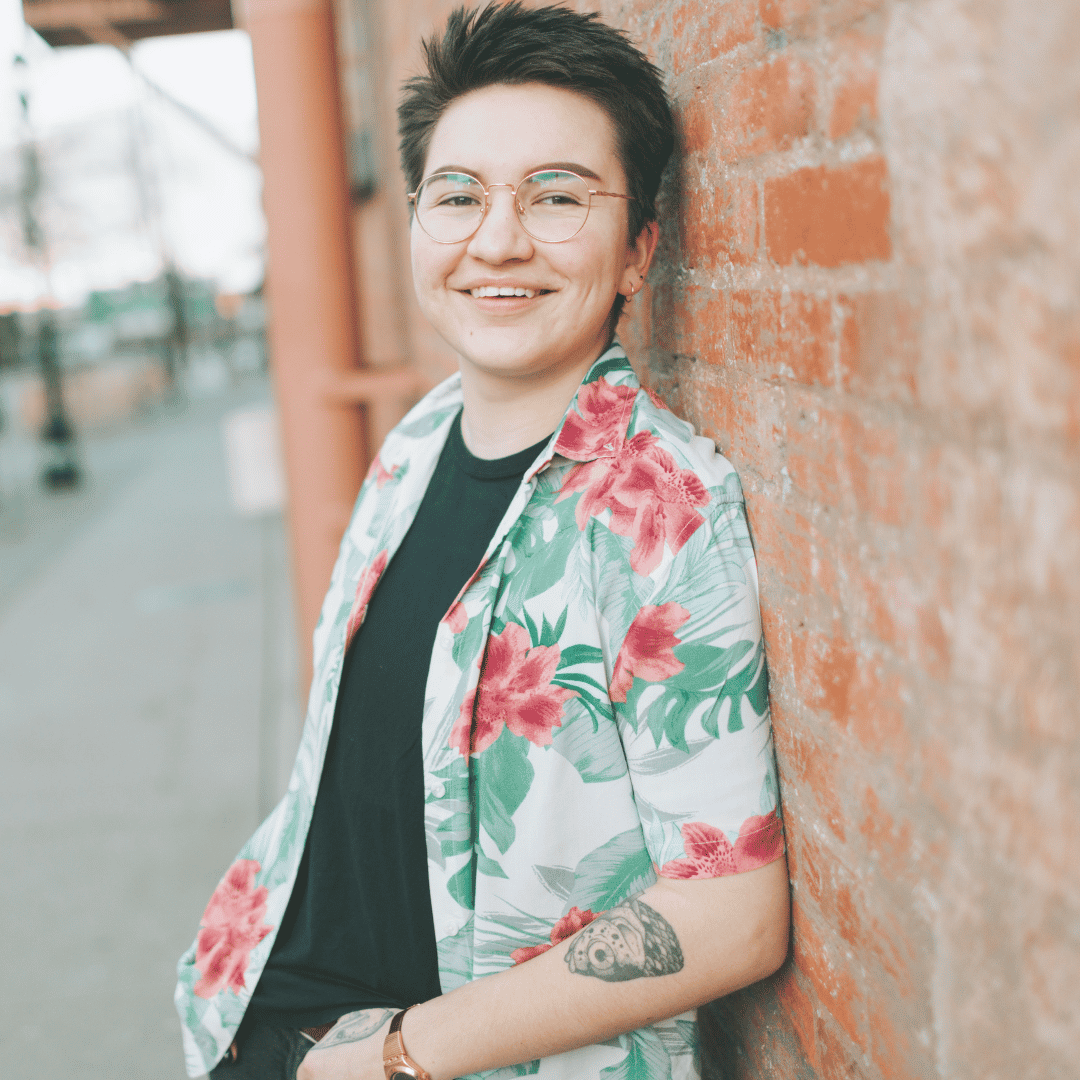





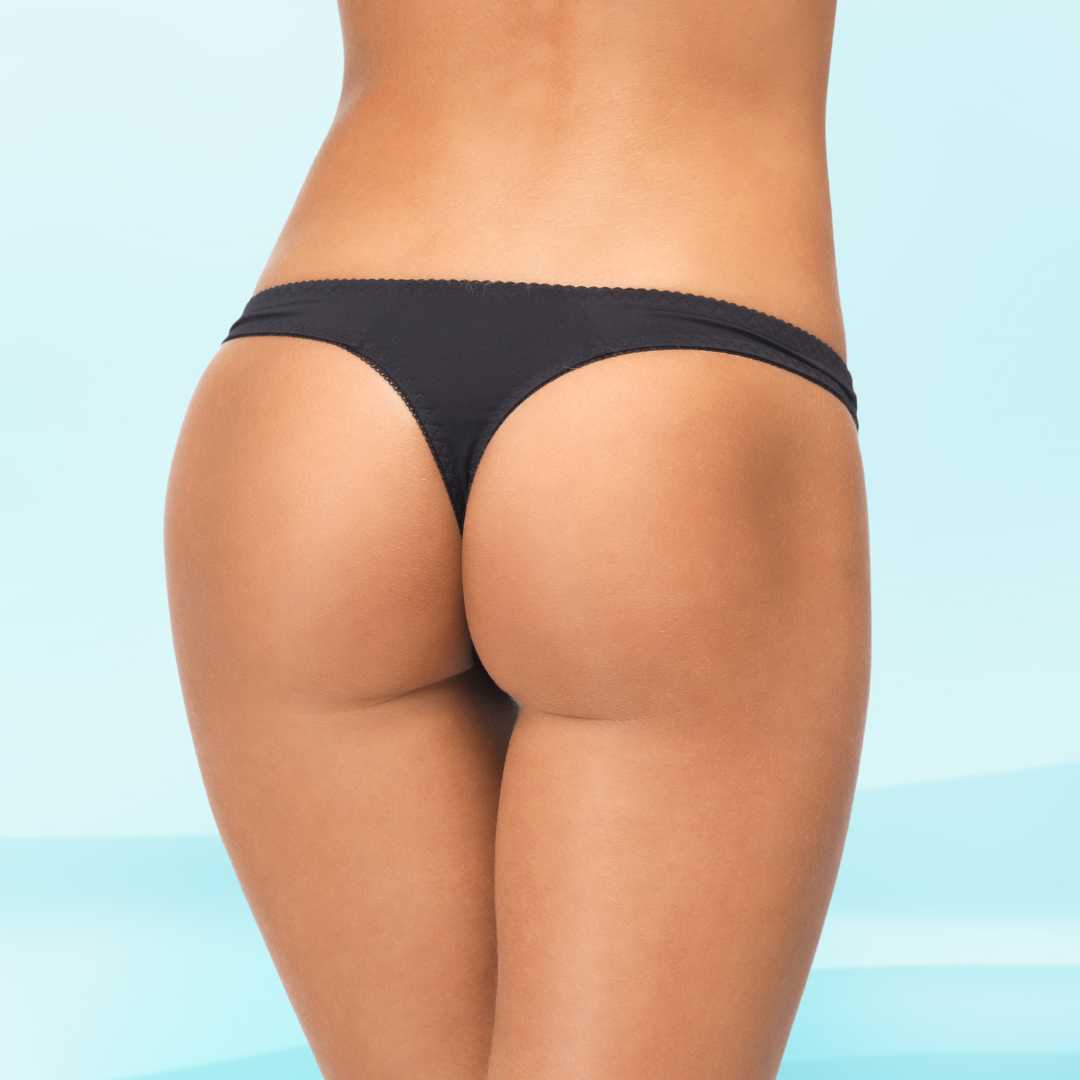



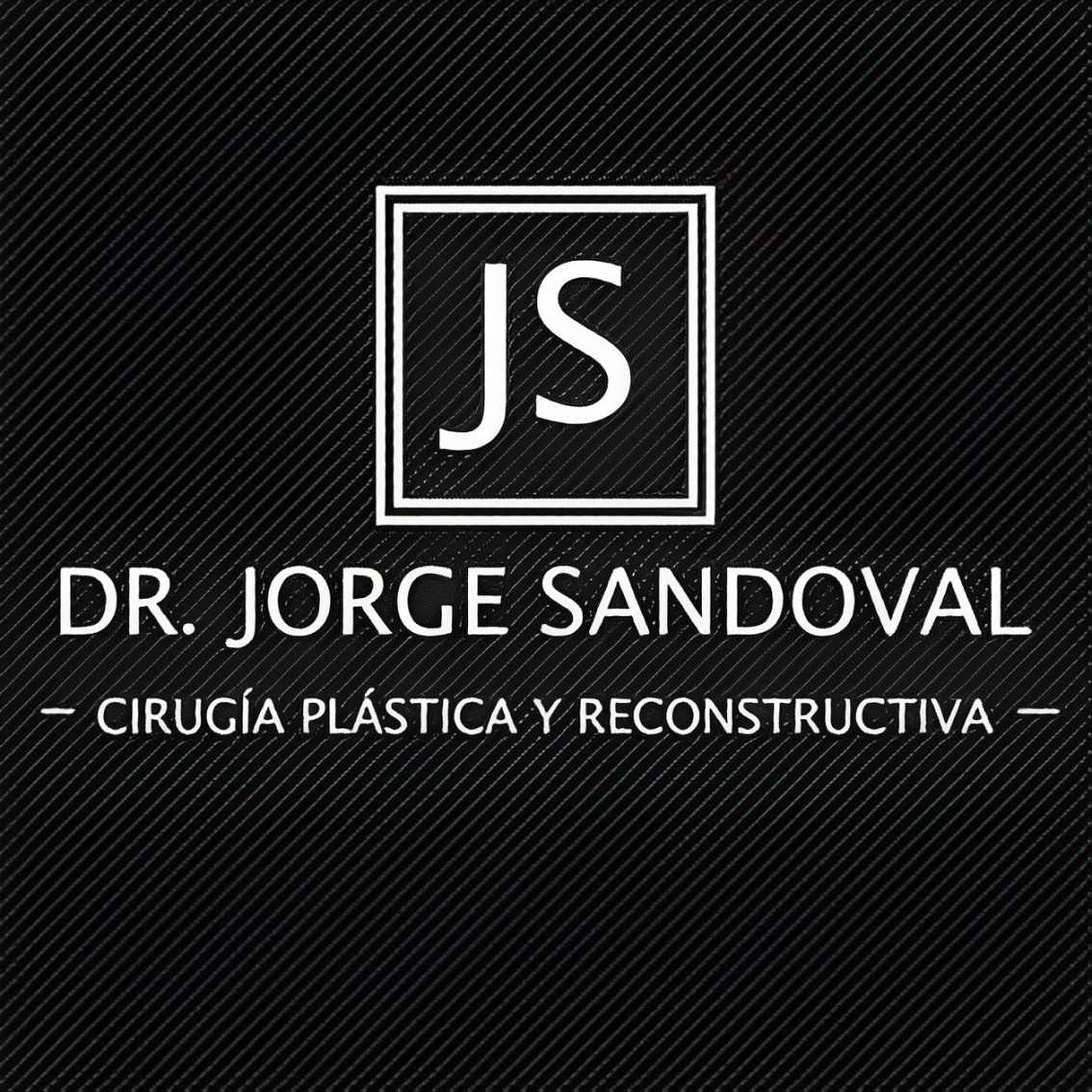
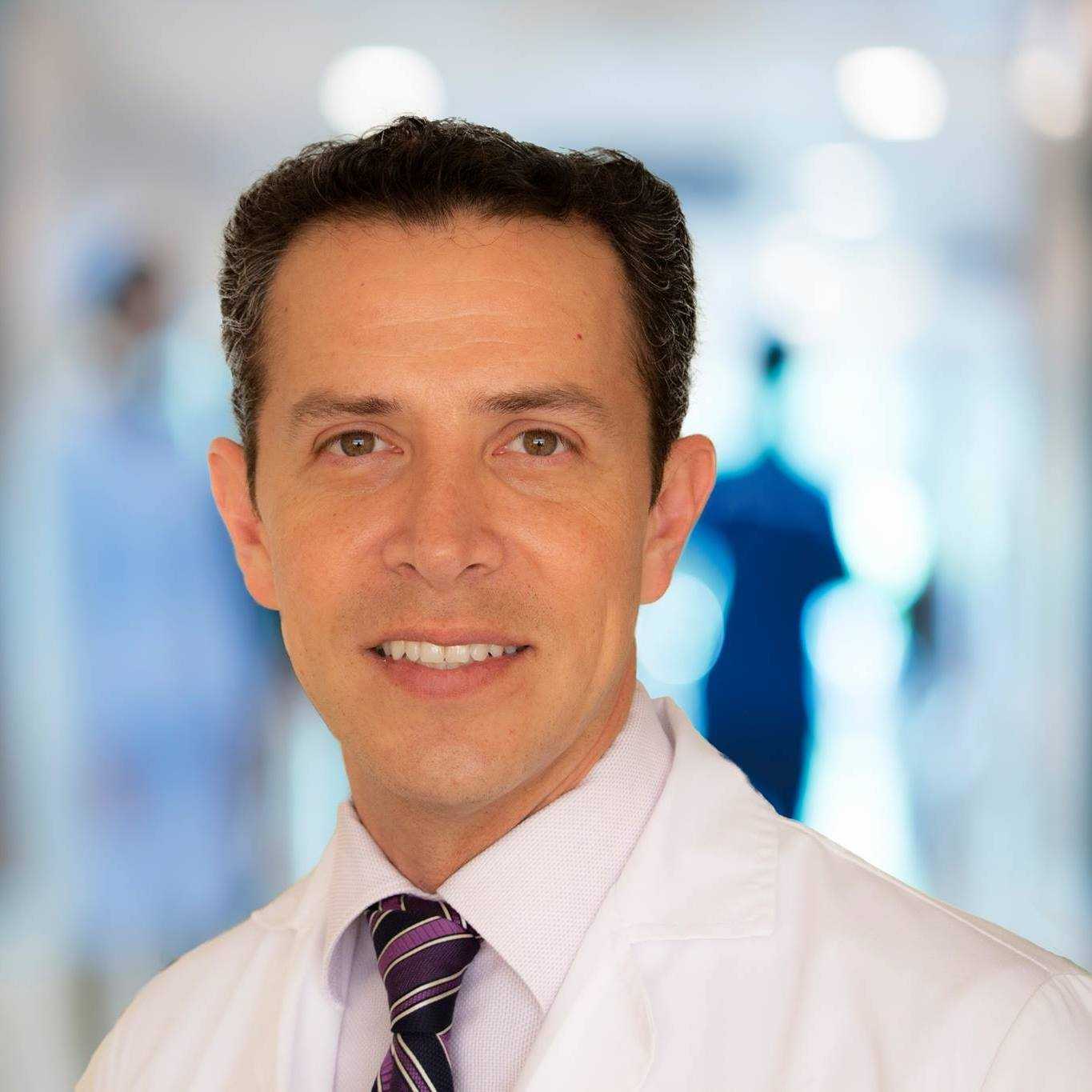

Share this listing